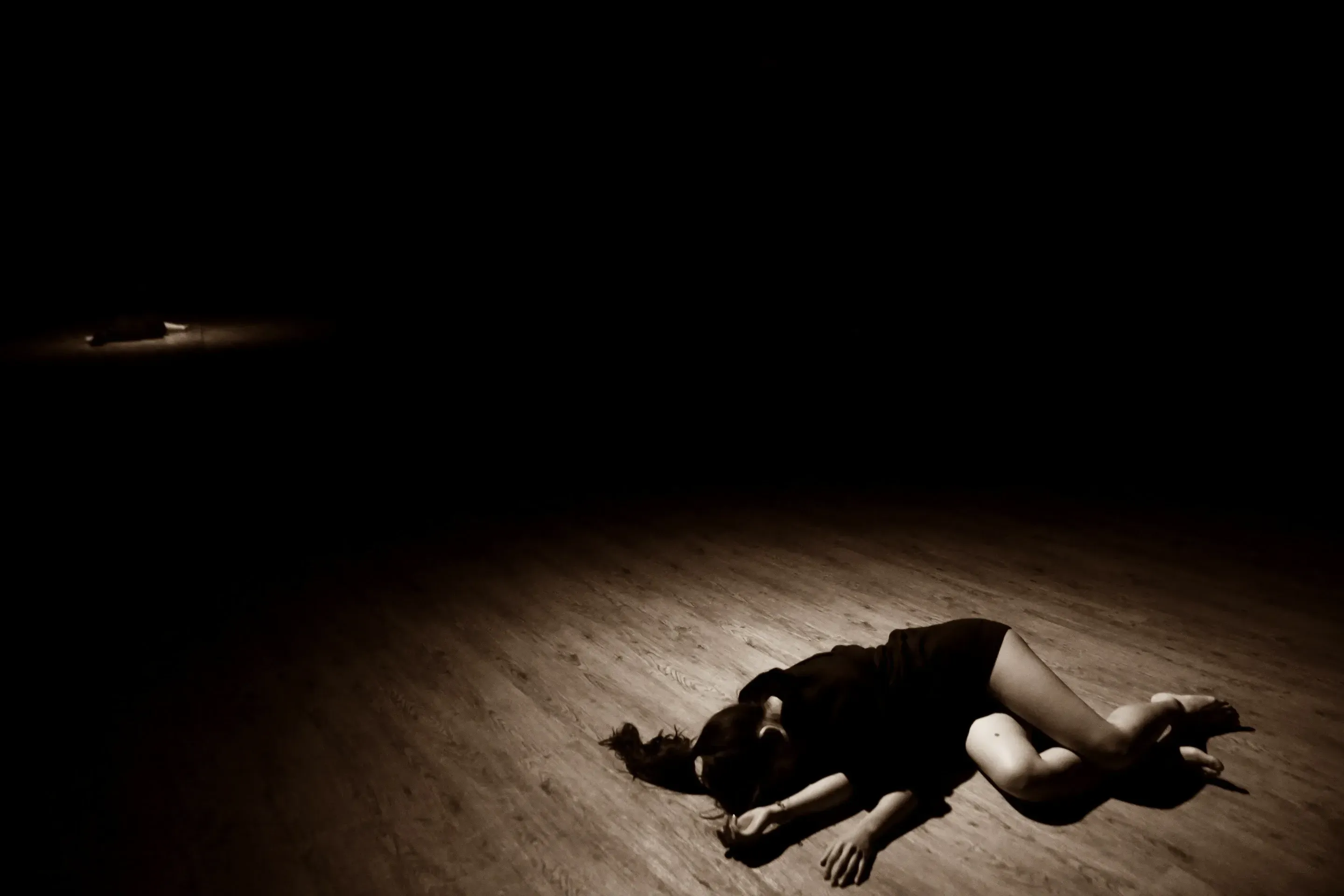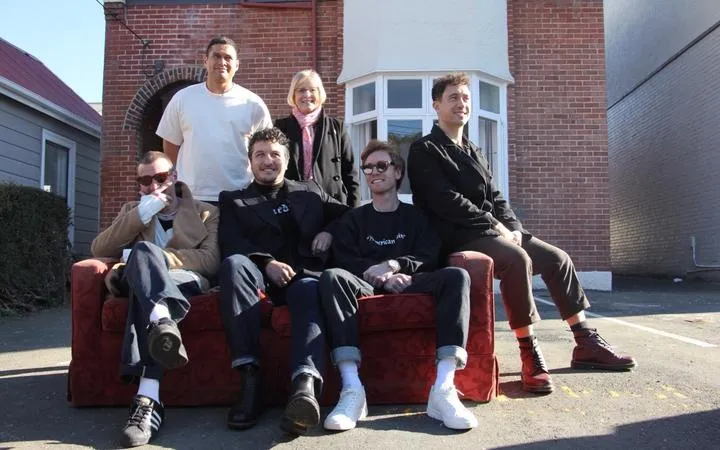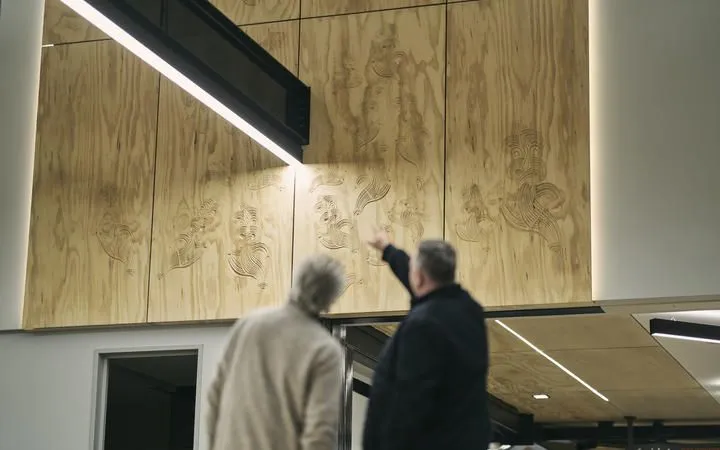Out in the Cold?
Written by

The battle’s been brewing for years.
The verdict has been hanging over the sector for six weeks.
But even with all that build up - the outcome can still hit like a ton of bricks.
Dance Aotearoa New Zealand (DANZ) is an organisation with an unclear and unstable future. The Lowdown has been following its fortunes since they took Creative New Zealand to the High Court in June, where they challenged what they claimed was an “unlawful” process in which they were denied CNZ funding in 2019.
After spending all of July coming to her decision, Justice Christine Grice has announced her decision this week, finding in favour of CNZ by dismissing the review application.
In a Stuff article, Grice is quoted as saying “Dance Aotearoa is an unsatisfied applicant for funding. Much of the argument related to the merits of the proposal.”
“In the absence of any public law error, mistake, or other unlawfulness, the court will not enquire into the merits of a funding decision.”
The article also states the judge declared the Arts Council, which governs CNZ, followed the process as it was required. Not all steps taken by staff in the process needed to be explicitly laid out. It also made no error.
To rub salt further into the wounds, Grice has ordered DANZ to pay part of CNZ’s court costs. Their own legal support was provided pro-bono, with the organisation facing the very real prospect of needing to close its doors for good.
The outcome of this case was never going to be a silver bullet solution for DANZ - even if successful, the High Court wasn’t going to order CNZ to hand over a stack of cash.
But where to from here is a major concern.
The Lowdown approached DANZ for comment - the organisation replied that it is “considering all of its options and next steps in the light of the High Court’s judgment and the broader implications that it has for the dance and wider arts community of Aotearoa New Zealand.”
The statement continues “DANZ is naturally disappointed that its challenge to Creative New Zealand's (CNZ's) decision to defund it has been dismissed by the High Court.
“DANZ brought its challenge after making repeated unsuccessful attempts to engage with CNZ and the Government about the manner in which CNZ made its defunding decision.
"DANZ has enjoyed a productive 26-year funding partnership with CNZ that has delivered extensive benefits to New Zealand's dance, arts and cultural sectors and the wider community. During that time it has played a key role in dance sector growth and evolution. As the single dedicated national body servicing and supporting all genres and forms of dance, DANZ has made a significant contribution to promoting industry professional development, good practice and innovation.
“The abrupt ending of DANZ's longstanding investment funding by CNZ has serious ramifications for New Zealand's already seriously under-resourced dance sector.”
In a statement, Arts Council Chair Caren Rangi welcomed the court decision. “While litigating with an arts organisation is not a position the Arts Council wished to find itself in, the Council is pleased that its decision-making process and the actions of CNZ staff have been vindicated.
“The Arts Council respects DANZ’s right to challenge the process, however, the Council was confident that its decision-making was robust and fair, and the Court’s decision reflects this.”
The Lowdown asked CNZ for further comment on the situation with CEO Stephen Wainwright responding.

Creative NZ CEO Stephen Wainwright. Photo: Supplied.
When asked about what the past two years of friction have done to the relationship between CNZ and DANZ, Wainwright stated “DANZ has the same opportunities as other arts organisations to apply for funding from Creative New Zealand’, while revealing it had contacted DANZ since the court decision was announced.
One of the debates that raged through this whole process is the external panel that reviewed and ultimately rejected DANZ’s funding proposal stating that it was not a ‘peak body’ for the sector - something DANZ disputes and even points to a comment from Wainwright himself in 2013 declaring it to be so.
We asked Wainwright does CNZ see having a 'peak body' for dance - or any sector in the arts - as important? His reply was telling of the current stand-off.
“While some artforms have service or membership-based organisations, others don’t. What’s important to Creative New Zealand is the outcomes from its investment rather than the organisational type.”
The court case will have repercussions throughout the creative community. The insights of this case, the challenges to and the frustrations towards the funding will not be unique to the dance sector.
But it is the dance sector that has to take stock the most. Many within the industry are eager to keep their cards close to their chest as the dust settles. But one well-entrenched and heavily involved figure agreed to offer their insights to The Big Idea under the condition of anonymity.
When asked for their take on the situation, they state “when the court case was announced, it was seen as a good thing. The mutual feeling was that CNZ needed (and needs) to be put in a position where they have to prove their accountability as the main arts funder in Aotearoa, and people are happy for its way of functioning to be challenged.”
The source agreed that having a ‘peak body’ for dance was “essential” but even more important was what that body actually does.
“A ‘peak body’ in my opinion should be continually reaching out to the varying communities within the sector and getting to understand the issues, concerns, needs, and wants for workers and students. From there, it should lobby for fairer treatment of the workers and students, and come up with ways to look after the people. Looking after a whole sector is complex and changes with the times as policy changes, as expectations on the workforce changes, as various conditions change.
“DANZ had originally set out to be a core organisation for people in the dance sector to have as a community-space, and to provide resources for dancers, choreographers, students and teachers. Over time - and especially in its last couple of years, the perspective of the dance sector towards DANZ shifted to be more understanding that the organisation served as more of a ‘magazine and calendar,’ a ‘networking space for young dancers’ and somewhere to apply for mentoring assistance as a choreographer.”
In respect to this, DANZ’s rejected application to CNZ was focussed on lifting its ability to provide more to the sector. Lowe had told the Lowdown previously that the unsuccessful proposal “included a large number of major initiatives addressing priority areas of need based on feedback from all parts of our dance constituency, and was deliberately aligned to the Government’s Living Standards Framework goals focused on sustainable intergenerational wellbeing.”
While the judge may consider this case closed - it could be just the beginning for important kōrero within the creative community.
Our unnamed source says “I think the underlying response from the recent CNZ/DANZ court case inadvertently speaks to the whole arts sector’s need for transparency.
“As artists we don’t always know the complex inner-workings of organisations like CNZ - and they don’t often seek community feedback and follow through with actionable evidence of things shifting. A core ‘peak body’ could get an insight into this, communicate that to workers in the dance sector and try to act as the go-between for workers to feedback to these organisations so those organisations like CNZ (and potentially, by extension, MCH) can serve those needs as best as possible.
“This court case is the start of many more conversations and, ideally, actions that need to be taken by all arts organisations, companies, collectives in order to improve the dance sector (and other arts sectors) for its workers.”
Studio boost
On the other side of the funding ledger, it’s been another good week for the film industry, particularly if you’re based in Tāmaki Makaurau.
The Government has poured $30 million into Auckland Film Studios - with Auckland Council also throwing in a further $5 million to help expand its capacity by adding two new 2000-square-metre sound stages and other buildings to the West Auckland hub.
The multi-million dollar injection was announced by Carmel Sepuloni - in what can only be described as win for several of her portfolios.
She’s told The Lowdown “I made this announcement in my role as Minister for Employment, but it quite clearly benefits the arts sector. Having world-class facilities available in New Zealand attracts large and unique projects to New Zealand.”
Sepuloni outlined that this project was one of 246 shortlisted from the Government’s call for Shove Ready Projects during last year’s COVID lockdown. “Projects needed to show that they could be underway within 12 months from the date of funding being contracted, with material employment benefits, which provided national or regional public benefits.”
We know that international movie, TV and streaming productions love to come to Aotearoa for many reasons - particularly in the current climate - but there has long been concern about the capability to keep up with demand.
Auckland Mayor Phil Goff states the outcome means that the city “has another truly world-class option to host large-scale productions on a single studio site, or be able to host multiple small or mid-size projects at the same time.
“So the funding is hugely transformative for the region’s screen industry.”
Sepuloni says while the funding is targeted at Auckland, its impact will reach far wider. “It will provide more opportunities for New Zealanders in the industry to work and gain skills that can then be transferred to projects right across the country.”
There could be plenty more happening down south as well, if the plans for a huge studio in Wānaka come to fruition.

An artistic impression of the huge film studios planned for the outskirts of Wanaka in Central Otago. Image: Silverlight Studios via EPA
Silverlight Studio’s $280 million development plans were published by the Environmental Protection Authority after it determined this week the application was complete.
The Otago Daily Times reports that an expert consenting panel will now make the decision on whether to approve it.
The scale is pretty mind blowing, including replica sets of New York, Venice and Paras, as well as a huge lake, with countryside and seaside settings.
According to the application construction of the park - which would include a film school - could create 6000 jobs across New Zealand, including 4000 in the Queenstown Lakes district, beginning next year, with an estimated 85 per cent of the staff in any year would be expected to be from within the area once it’s up and running - according to the documents.
Don't forget your roots
You don’t have to love their music, but you gotta acknowledge the boys from Six60 are paying it forward.
They may be the most commercially successful band in the country right now, but like their hit song suggests, they haven’t forgotten their roots.
They’ve set up a scholarship system with Otago University to offer four performing arts students $10,000 of support, a place to stay and mentorship from the band.
The place to crash - by the way - the student digs that spawned the band name, their old home of 660 Castle Street. They’re paying way more than used to in rent for it, purchasing it for $1.7 million. That’s either a commentary on the inflated real estate market or a sign of how much the building means to them. Or perhaps something in between.

Six60 band members outside their newly acquired property, 660 Castle St. Photo: Otago University/Supplied.
With a brand new performing arts studio on campus, this will be a potential Southern lure for aspiring artists with applications currently open.
For the more classically minded, the name of another internationally renowned Kiwi performer is attached to another project.
Waikato News reports that a new position at the University of Waikato has been established to encourage and support the careers of opera singers in the region with a very recognisable name - the Dame Malvina Major Chair.
The role will be a major boost to the University’s music department - and is expected to attract interest internationally. The position is funded by Hamilton philanthropists Sir William and Lady Judi Gallagher.
"The new chair in opera will revitalise our presence in the voice teaching space, offering our students the highest quality teaching experience to enable them to achieve excellence, as well as provide ample resources and opportunities for students to reach their potential," says Pro Vice-Chancellor Arts, Law, Psychology and Social Sciences Professor Patrick Leman.
Art on the fly

Architects Jacob Scott (left) and fellow architect Chris Ainsworth admire some of the new Napier airport designs. Photo: Supplied.
If you’re flying in or out of Napier any time soon - you’re in for a long-awaited, and slightly overdue treat.
The newly refurbished and redeveloped Hawke's Bay airport is open to the public today. Respected local artist and architect Jacob Scott’s played a key role in the design of the $25 million overhaul - which includes “a timber waharoa (gateway), symbolising the beak of the kuaka that nest nearby” according to the RNZ report.



